Denver school board member John Youngquist is alleging that the board violated state open meetings law by misstating the purpose of a recent executive session, and by excluding him from that session because it dealt with a matter he had raised about his compensation.
Commentary
It is evident there is a gap in arts-based learning models in the Far Northeast, and our no-audition, public charter school model will provide every student with an opportunity to explore and develop their talents, in an area where there’s an urgent need for arts-based learning.
We worry the Denver Public Schools Board of Education won’t see the tremendous value our school will have; instead, we fear our application will be sunk by reductive conversations about declining enrollment and by divisive anti-charter rhetoric.
A lack of clarity on academic goals for Denver Public Schools is emblematic of the district’s and school board’s struggles and strategic incoherence.
I am here because I believe in the promise of KIPP Colorado’s mission and vision. I have deep ambitions for KIPP to provide the best educational outcomes for under-resourced populations; to set the stage and pave the way for what it means to see an educational community thrive with joy, love, identity affirmation and rigor.
This Mental Health Awareness Month we must listen to the stories of young people in Colorado, who, in significant numbers, have been facing a mental health crisis. I know the need for this firsthand because I went through my own mental health struggles in high school.
The extent to which Denver Public Schools and its board are stumbling and bumbling through an ill-conceived effort to limit the freedoms of their 52 innovation schools would be comical if the stakes for children weren’t so high
If passed, this legislation would update Colorado’s policies, practices, and data frameworks to make data about students’ experiences at school more transparent and to ensure that every student learns in an environment that is positive, safe and inclusive.
The initial idea to champion a financial literacy campaign started in 2019 when alumni partners came together in Ednium’s Design Lab to identify issues they could impact in public-school education.
For the last 19 years as a parent and 15 years being professionally engaged, I have heard the rhetoric of engagement and longed for the reality of it. But the more things change, the more they stay the same.



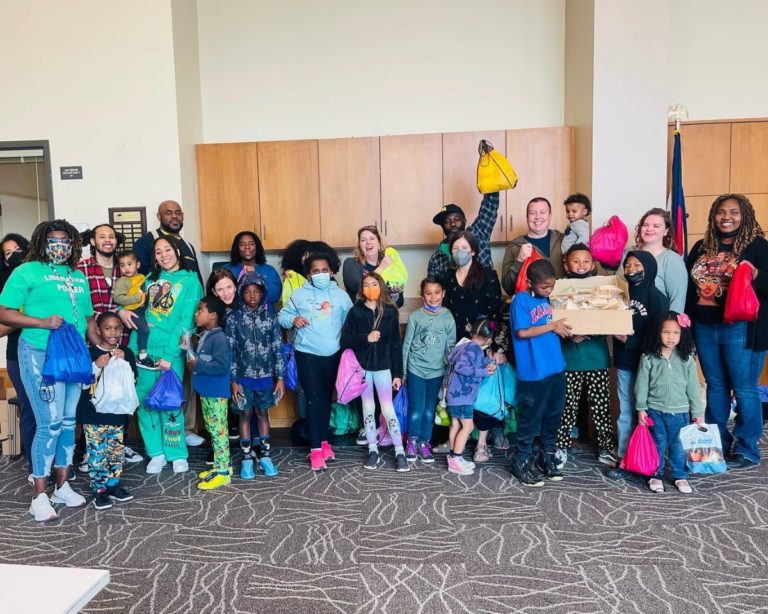
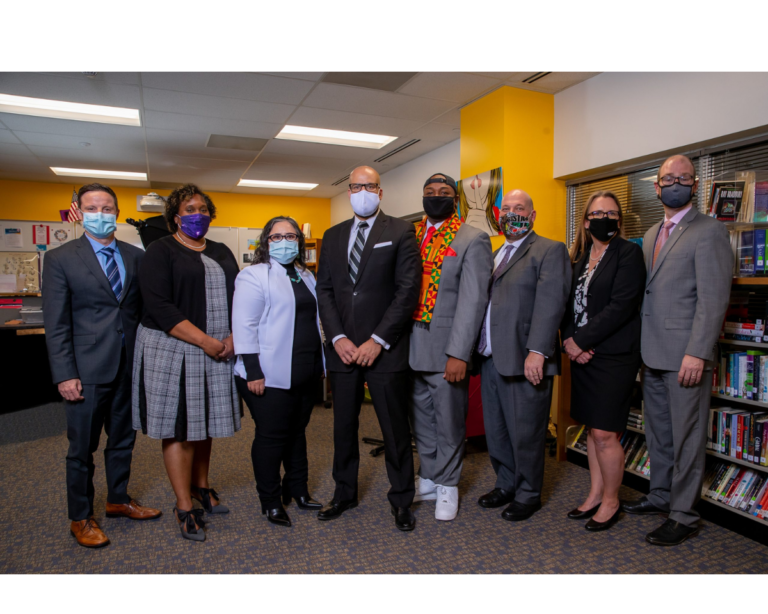

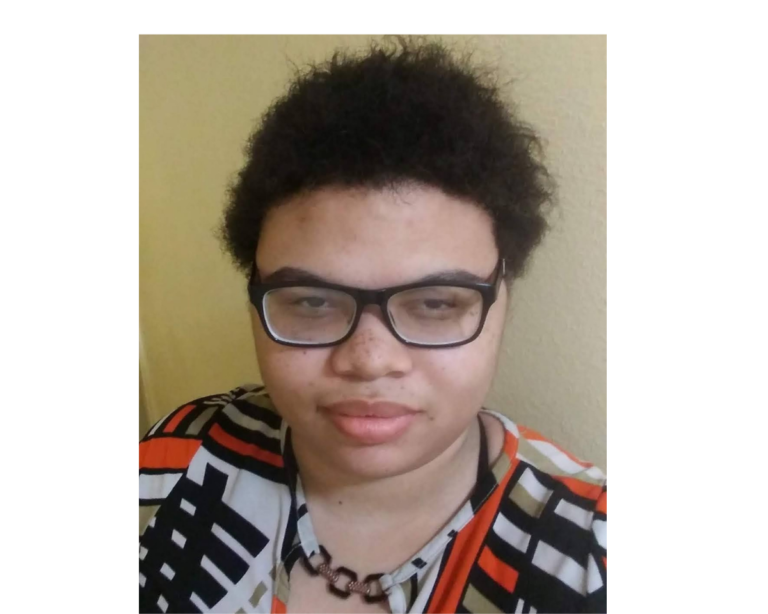

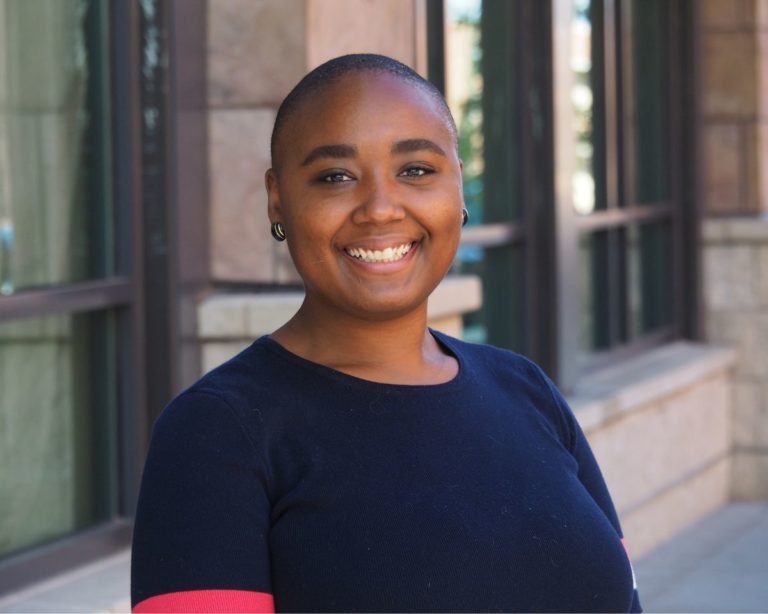
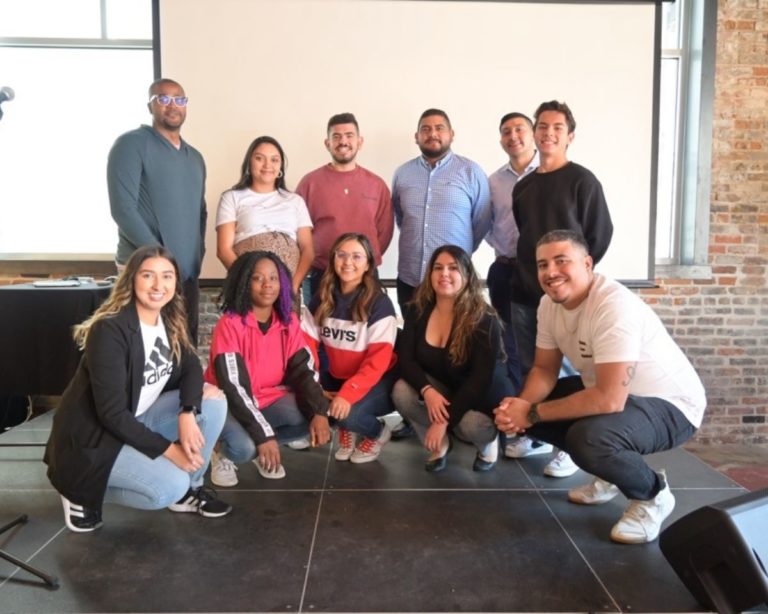
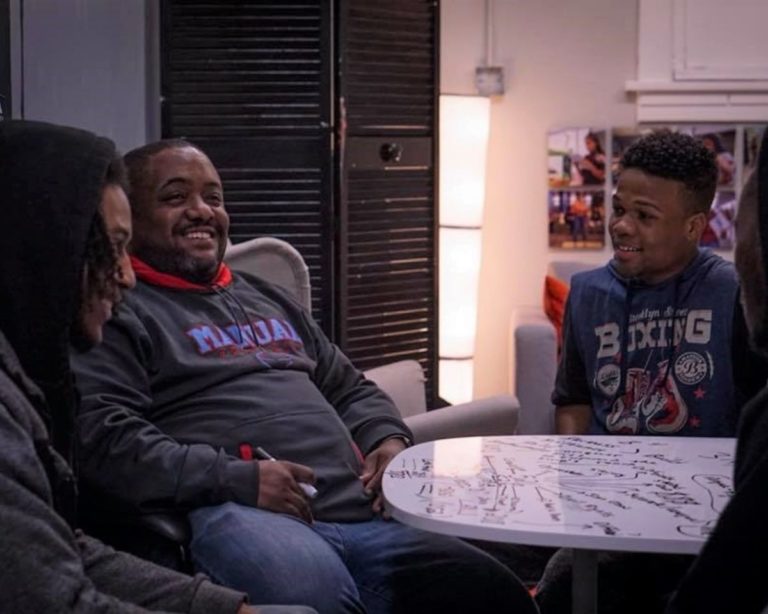

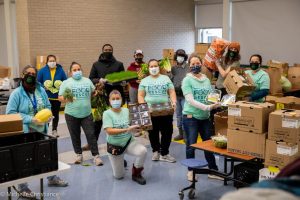


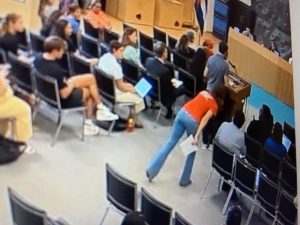
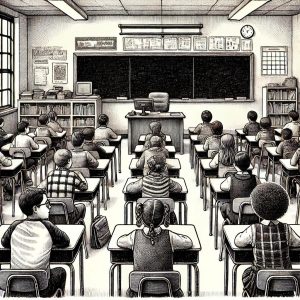

Denver school closure criteria seem far removed from equity
DPS still has an opportunity to keep this process from devolving into a fiasco, but that will require the district to address the impacts on families who will be directly affected by any school closure.